Industrial Automation: Navigating the Impact of Technology on Jobs

In the ever-evolving landscape of industrial settings, automation is both a friend and a potential foe. The rise of automation has transformed how we approach manufacturing and production, offering myriad benefits while presenting unique challenges. In this blog post, we’ll explore the impact of technology on jobs in industrial settings, weighing the advantages of automation against the potential pitfalls and offering insights into the future of industrial employment.
The Rise of Automation
Industrial automation, powered by robotics, artificial intelligence, and machine learning advancements, has revolutionized how we produce goods and deliver services. From assembly lines and warehouses to logistics and distribution centers, automation has streamlined processes, increased efficiency, and enhanced safety in industrial settings. With robots handling repetitive tasks and complex machinery optimizing production workflows, companies can achieve higher productivity and precision levels than ever before.
Benefits of Automation
The benefits of automation in industrial settings are undeniable. By reducing the need for manual labor and minimizing human error, automation improves the quality and consistency of products, lowers production costs, and accelerates time-to-market. Additionally, automation enhances workplace safety by reducing the risk of accidents and injuries associated with hazardous tasks. With automation handling mundane and physically demanding tasks, workers can focus on higher-value activities such as problem-solving, innovation, and customer service.
Challenges of Automation
Despite its numerous benefits, automation presents significant challenges, particularly regarding job displacement and workforce transformation. As machines take over tasks previously performed by humans, there is a growing concern about the impact on employment levels and workers’ livelihoods. Moreover, the rapid pace of technological change requires workers to adapt and acquire new skills to remain relevant in the workforce. Without adequate support and resources for reskilling and upskilling, displaced workers may struggle to find meaningful employment opportunities in the digital age.
Navigating the Future of Industrial Jobs
As we look to the future of industrial employment, it’s essential to adopt a balanced perspective on the role of automation in shaping the workforce. While automation may lead to job displacement in specific sectors, it also creates new opportunities for skilled workers in emerging fields such as robotics programming, data analytics, and cybersecurity. To navigate this transition successfully, companies must invest in workforce development initiatives, providing training and educational programs to equip workers with the skills needed to thrive in a technology-driven economy.
In conclusion, the impact of technology on jobs in industrial settings is a complex and multifaceted issue. While automation offers undeniable benefits regarding productivity, efficiency, and safety, it also presents challenges related to job displacement and workforce transformation. By embracing automation responsibly and investing in the reskilling and upskilling of the workforce, we can harness the power of technology to create a more inclusive and sustainable future for industrial jobs. Ultimately, industrial automation can be a valuable ally in driving innovation and economic growth, provided we approach it with foresight, empathy, and a commitment to shared prosperity.
Newsletter
Don't miss a thing!
Sign up to receive daily news
Recent Posts
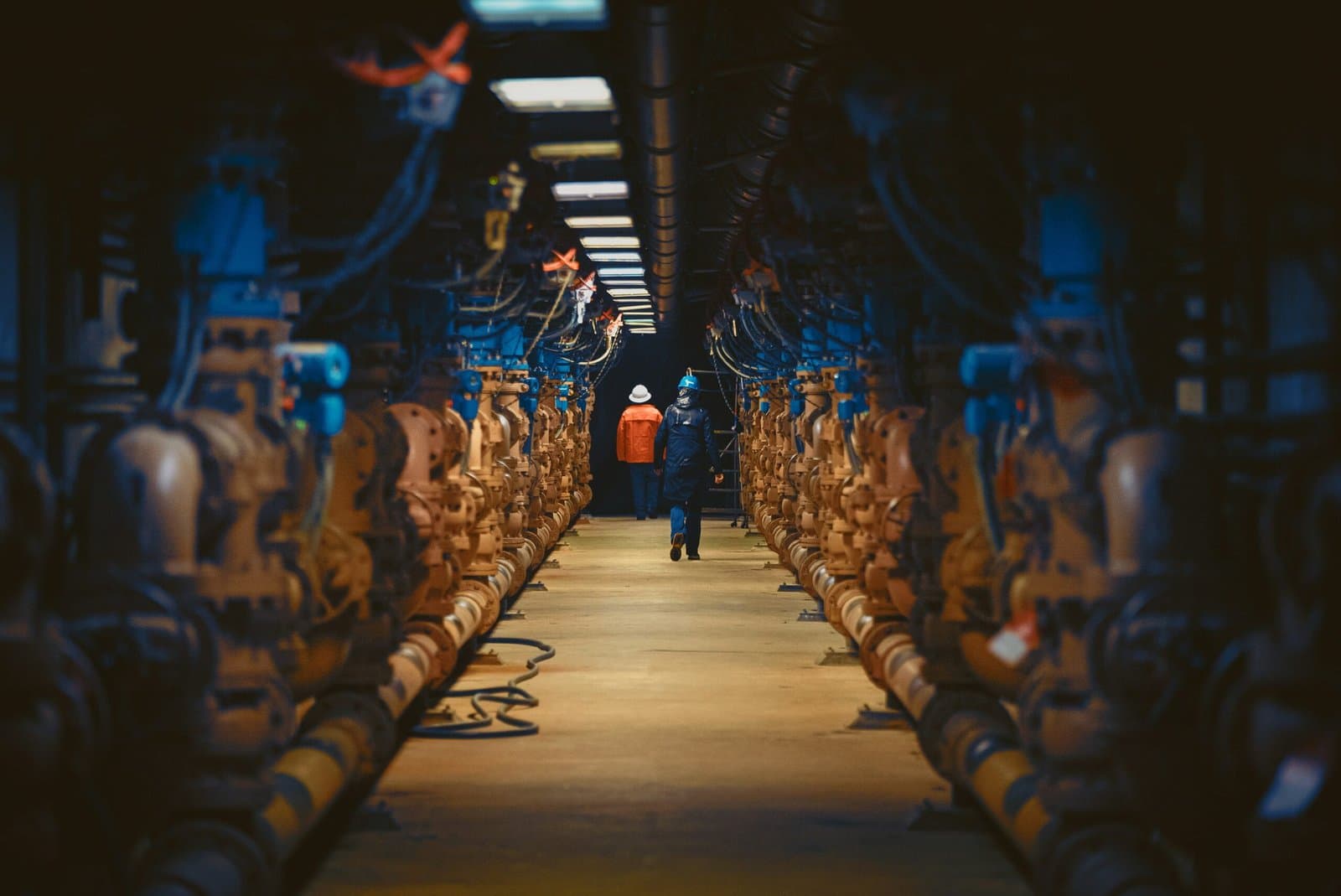
august 30, 2025
Decommissioning a Facility: How to Turn It into a Profitable Venture
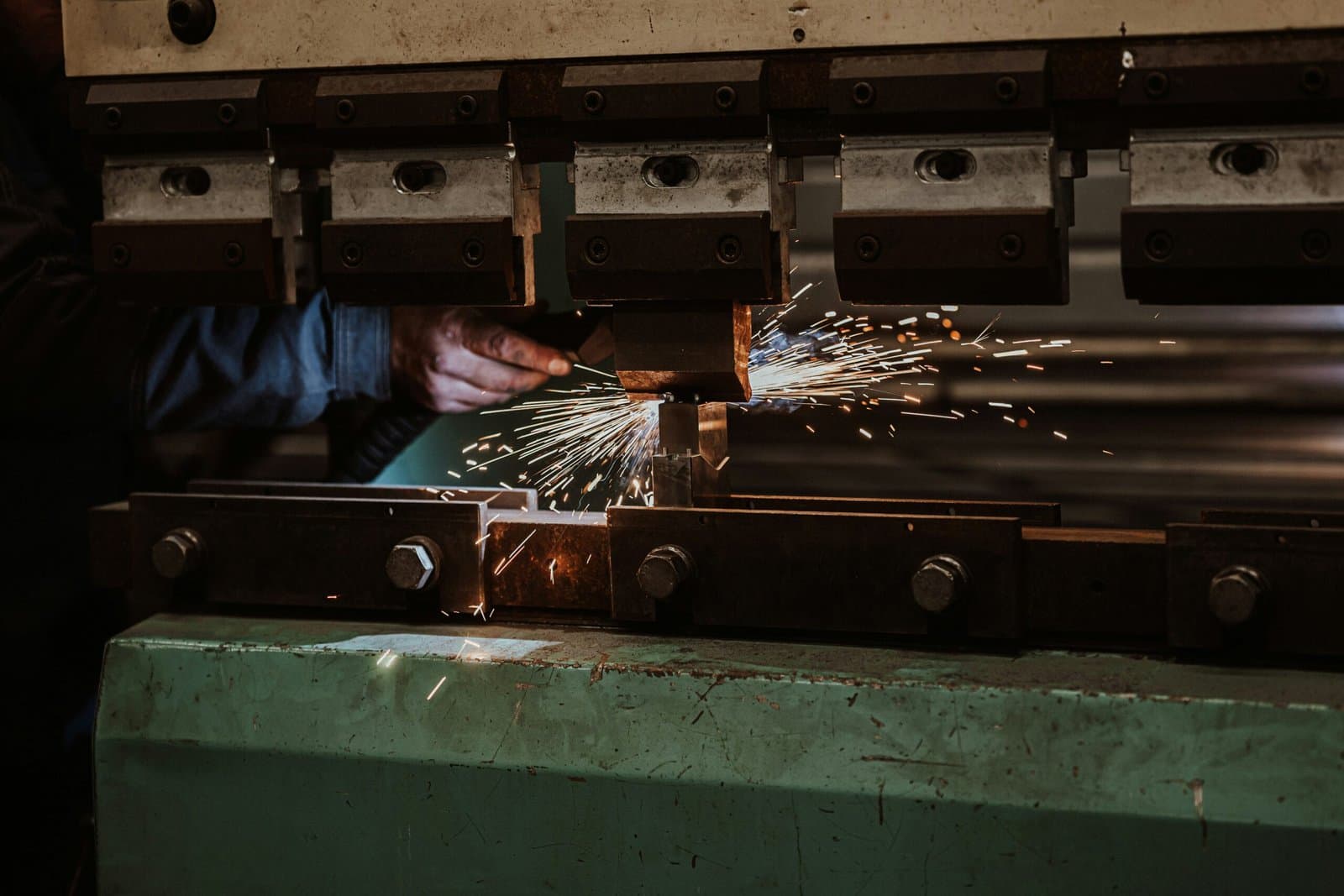
august 25, 2025
Hydraulic Press Maintenance 101
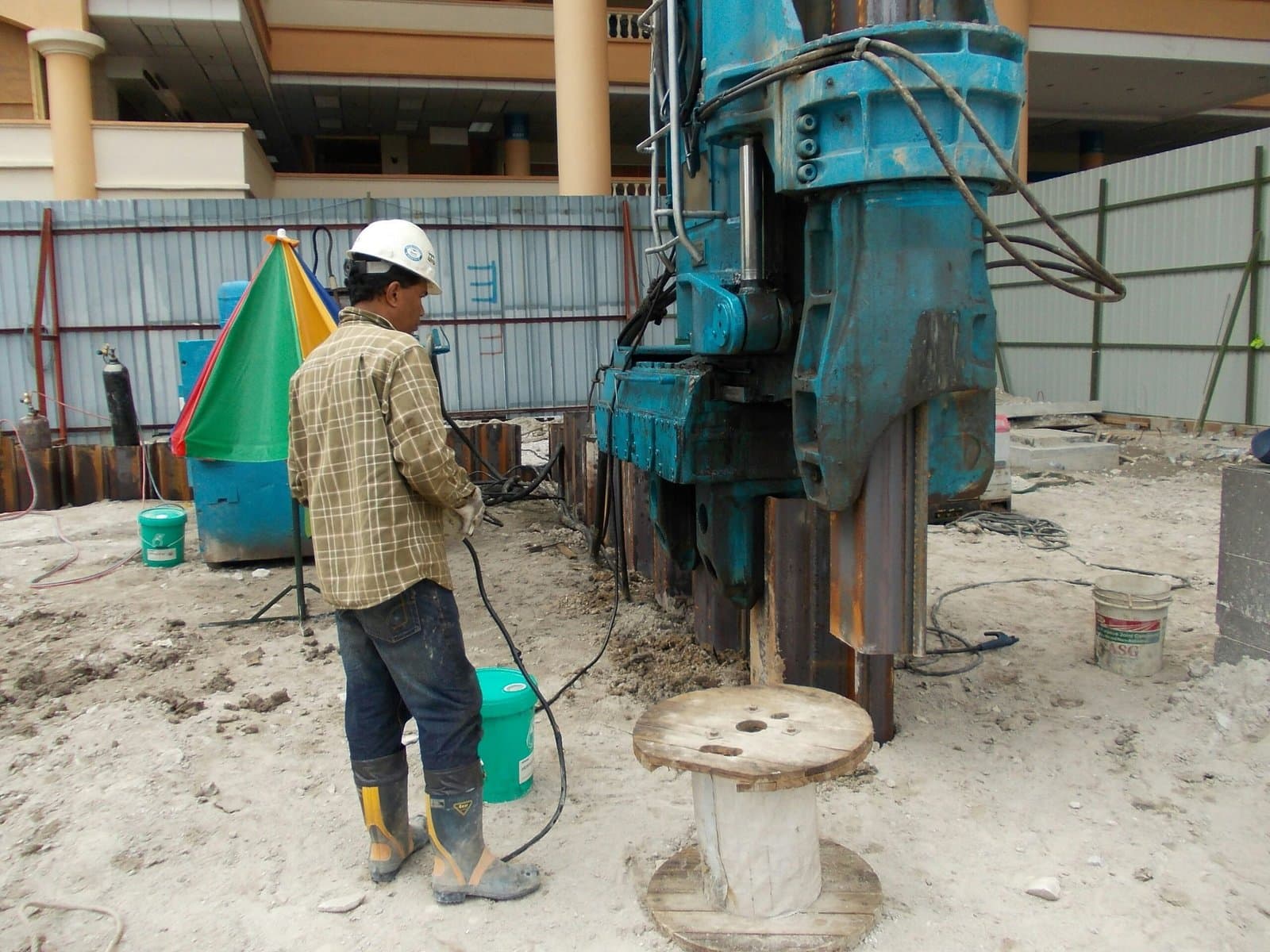
august 18, 2025
Rigging Machinery: The Challenge of Moving and Installing Outdated vs. Modern Equipment
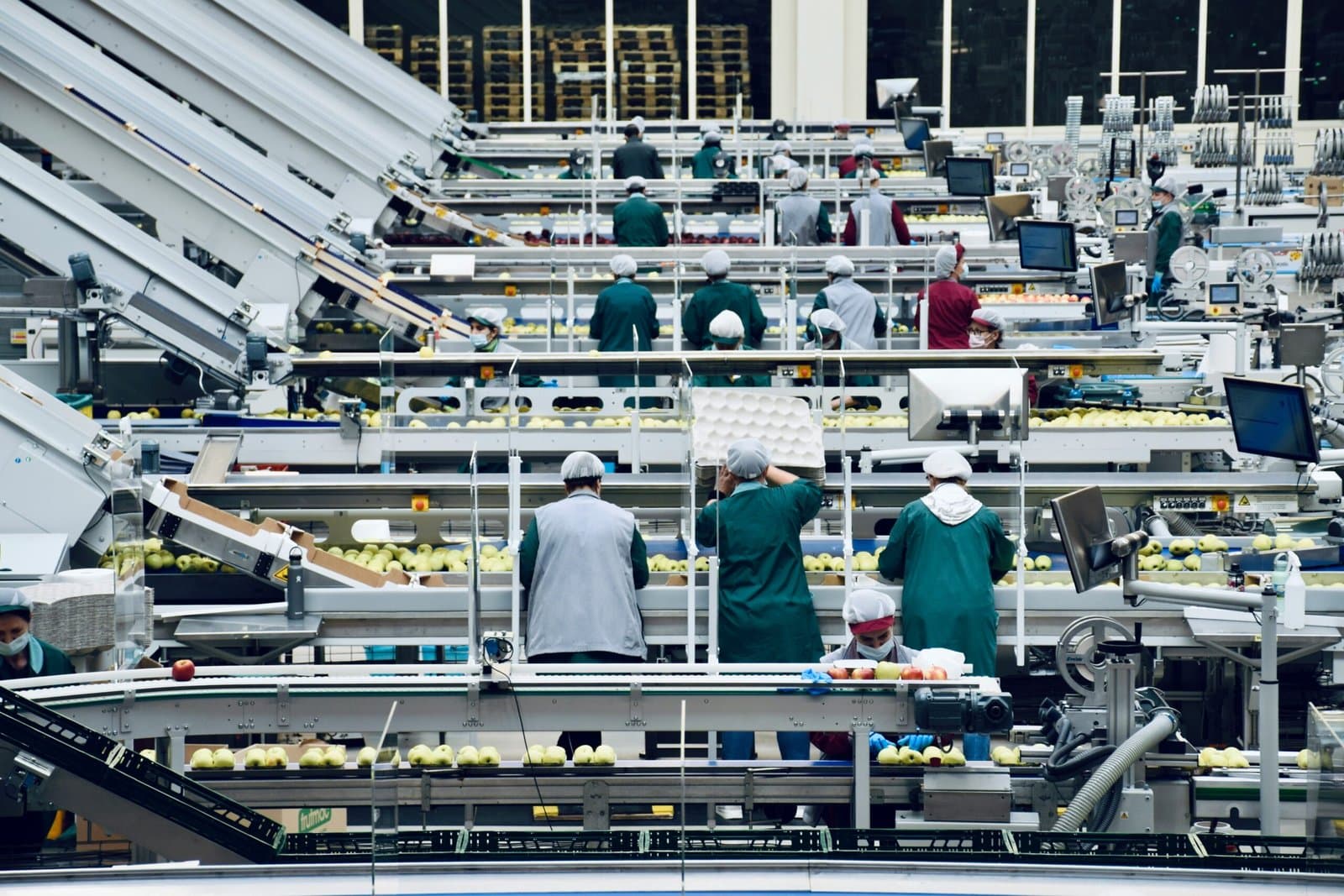
august 16, 2025
Conveyor System Maintenance: 5 Early Warning Signs of Failure
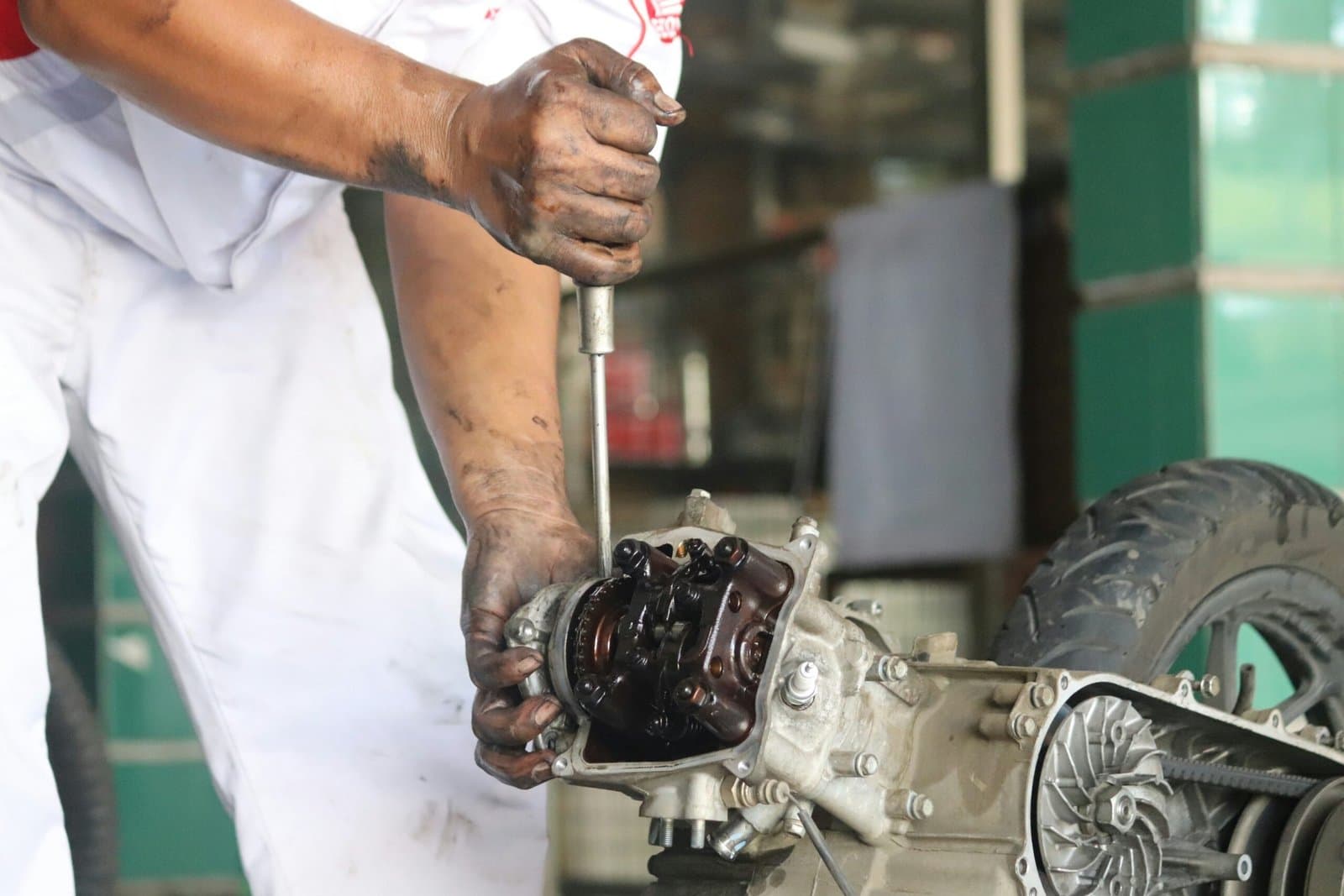
august 14, 2025
Predictive Maintenance: The Smarter Alternative to Costly Reactive Repairs

august 11, 2025